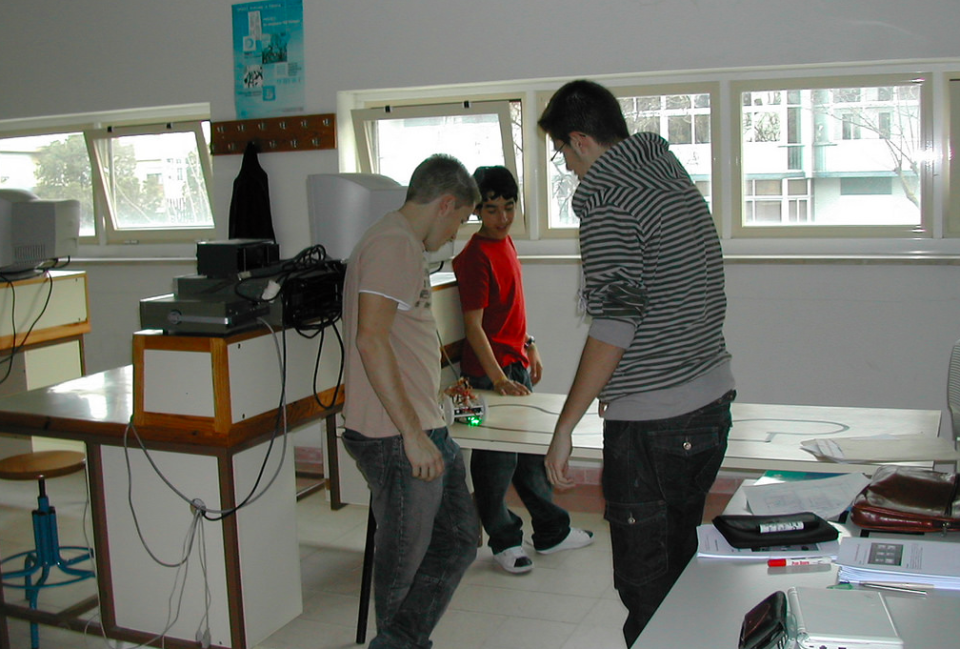DevOps and robotics merge to create 'Robotops' rule-set

From security to sushi, robotic products are beginning to create serious impacts across society's 'internet of things'. However, while today's automated product solutions are clearly impressive; hosts of developers, applying the DevOps methodology, now largely represent the human element behind this 'brave new world.'
The reasons for this are simple; the ability to product rapid prototypes and relevant solution sets, backed up by fully-assured quality, creates entirely new ways to build and validate relevant 'products', without spending a load of time and money on what is, and isn't, a dry hole. Nevertheless, we're talking about robotics specifically, and recently, a DevOps consulting group decided to produce a fully-merged DevOps/robotics doctrine, that can clearly allow other thought-creators to move forward faster than ever before.
According to the 'RobotOps principle' rules associated with DevOps consulting and development are based on ten primary cannons of activity:
1. Test-driven robotics:
DevOps product testing has emerged as a primary motivator when it comes to the realization of rapid code production.
2. Command-line interfacing:
All updating associated with firmware, affiliated devices, and other critical functions are applied via a command line basis.
3. Multiple-platform; multiple-device based:
It is accepted that creating iterative code for discrete devices is wasteful, while at the same time limiting scalability. RobotOps calls for standardized code practices throughout a constellation of devices.
4. Code-generation advantages:
Automated code-generation streamlines essential frameworks, and/or affiliate scripts, leading to the delivery of stable products faster than ever before.
5. Intrinsic swarm integration:
DevOps methodologies allow developers to tie multiple robotic devices quickly and seamlessly while avoiding the need for additional code changes. All automated systems will be intrinsically massed as single deployments while communicating activities in real-time internal and external activities.
6. Intrinsic API capabilities:
All machine-to-machine communications will be integrated by use of native API elements leading to direct or in-direct activity on-demand. All API's will be compliant with web or other necessary protocols as a matter of course rather than exception.
7. Integrated administration:
All robotic code will offer the ability to act and interact via a central communications hub to mitigate the impacts of any field-based maintenance or systems fix.
8. Declarative syntax:
DevOps leverages what a system 'should do', not what it 'might do'. In parallel previous developments with AI or other machine-based systems suggest that they operate most effectively whenever driven by declarative syntax.
9. Comprehensive documentary support:
All RobotOps documentation will be comprehensive, and entirely inclusive. This will range from the development of operating rules, to task lists for use by third-party, after-the-fact participants. This concept will be additionally extended to direct support of systems maintenance or field upgrades.
10. End-to-end security:
The RobotOps doctrine also calls for turn-key authentication & authorization or all systems, particularly with it involves sensor arrays, or the potential of hacking larger requisite communications infrastructures.
In the end of the day the new RobotOps guidelines offers a glimpse of the future today, while at the same time creating a host of practical helpmates as robotics continues to evolve in real-time.
